Vintage Tribal Kilim Runner 3' 2" x 10' 3" (38" x 123")
Type:
Kilim RugsCollection:
Tribal Runners, ClearanceID:
K0077107Size:
Material:
The designs feature a rich array of symbols representing tribal culture and Anatolian motifs, often in the form of medallions, diamonds, and other geometric shapes.
The designs feature a rich array of symbols representing tribal culture and Anatolian motifs, often in the form of medallions, diamonds, and other geometric shapes. These kilim runners are ideal for hallways and narrow spaces, offering a touch of ethnic charm and artisanal quality to any interior.
Herki kilims not only serve as functional floor coverings but also as artistic expressions of tribal identity, making each rug a unique cultural artifact.
Design Elements
- Pattern: The vintage tribal kilim runner showcases a symmetrical and repetitive pattern that creates a sense of harmony. The arrangement of geometric shapes is common in tribal textiles, emphasizing cultural heritage.
- Texture: Made from wool, the kilim has a flat-woven texture, providing durability and a soft feel. The textile construction technique adds depth and character to the runner.
- Motif Arrangement: The central motifs are surrounded by intricate bordering designs, which create a frame for the center. This layout leads the eye along the runner, enhancing the visual flow.
- Symmetry and Balance: The design features a balanced composition, with elements mirroring each other, contributing to a harmonious look that is aesthetically pleasing.
Colors
- Red: The presence of bold red hues symbolizes strength, passion, and vitality, evoking a sense of energy within the space.
- Orange: Bright orange accents bring warmth and enthusiasm, suggesting friendliness and sociability.
- Pink: Soft pink shades represent love and compassion, softening the overall look and adding a gentle touch.
- Brown: The earthy brown tones ground the design, symbolizing stability and connection to nature.
- White: The use of white highlights symbolizes purity and clarity, creating contrast that enhances the vibrant colors surrounding it.
Main Motifs and Their Symbolism
- Diamond Shapes: Frequently found in tribal patterns, diamonds represent a protective shield, symbolizing strength and resilience against evil spirits.
- Geometric Patterns: Abstract geometric shapes often signify natural elements like mountains and rivers, connecting the rug to the earth and its surroundings.
- Crosses: Cross motifs are prevalent in many cultures to symbolize balance between the earthly and the spiritual, acting as a bridge between realms.
- Tree of Life: If present, this motif represents growth, renewal, and the interconnectedness of life, reflecting cultural values centered around nature.
Summary
The vintage tribal kilim runner incorporates a rich array of design elements and colors that contribute to its cultural significance. Striking patterns and textures create a harmonious aesthetic, while the vibrant color palette adds depth and emotional resonance. The main motifs, such as diamonds and geometric shapes, provide strong symbolic meanings connected to protection, balance, nature, and life. Together, these components blend to form a functional piece of art deeply rooted in cultural heritage.
- Ships in 1-4 business days
- Only one in stock, handmade, unique
- Free shipping via FedEx Express. Easy returns
- Contact us or add a note to your order if you want us to delay your shipping.
- Request more info if you want this rug shorter or narrower
Colors may appear slightly different across various monitors due to screen settings device differences, and external lighting conditions. If color accuracy is important for your space, we recommend viewing the rug on multiple devices or contacting us for a detailed color description. We can provide detailed photos and references using Sherwin-Williams, Benjamin Moore, Pantone, or even Crayola crayons.
You can also visualize most of our products in your own room with AR (augmented reality) on an iPhone or iPad.
Return Policy
Need a rug pad? We recommend RugPadUSA
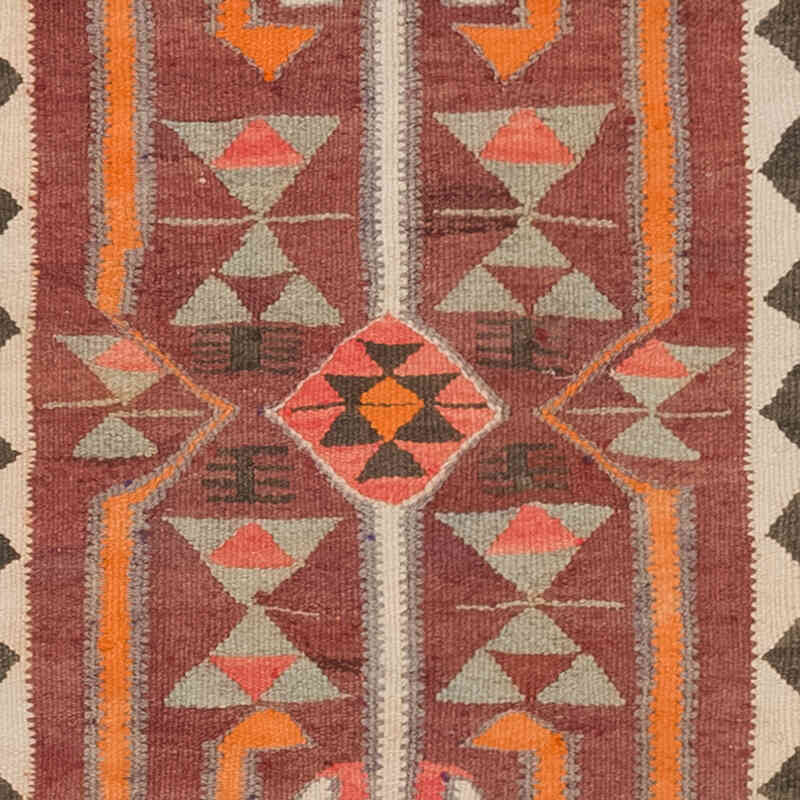
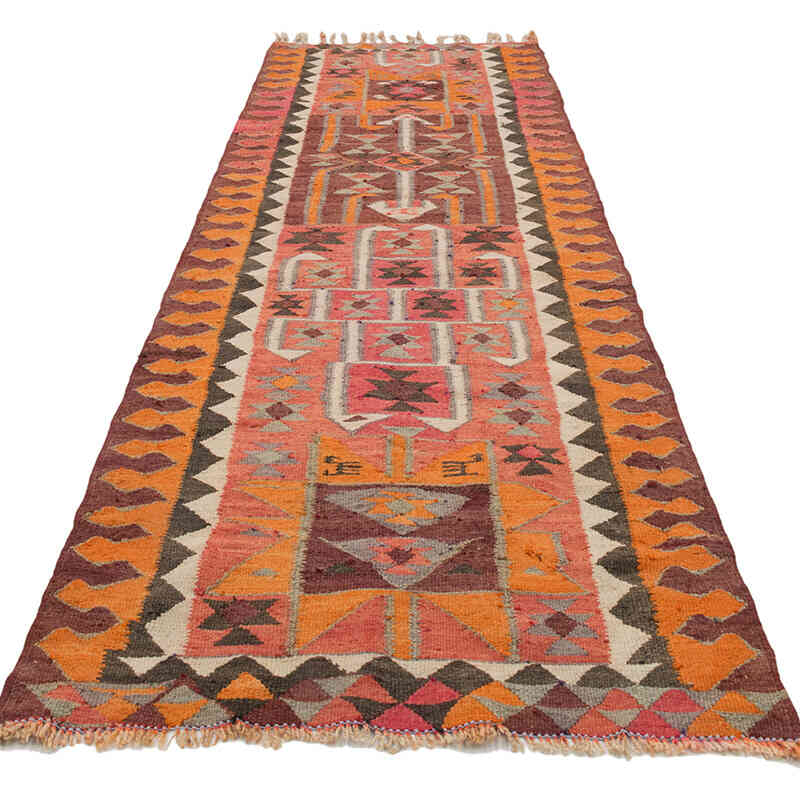
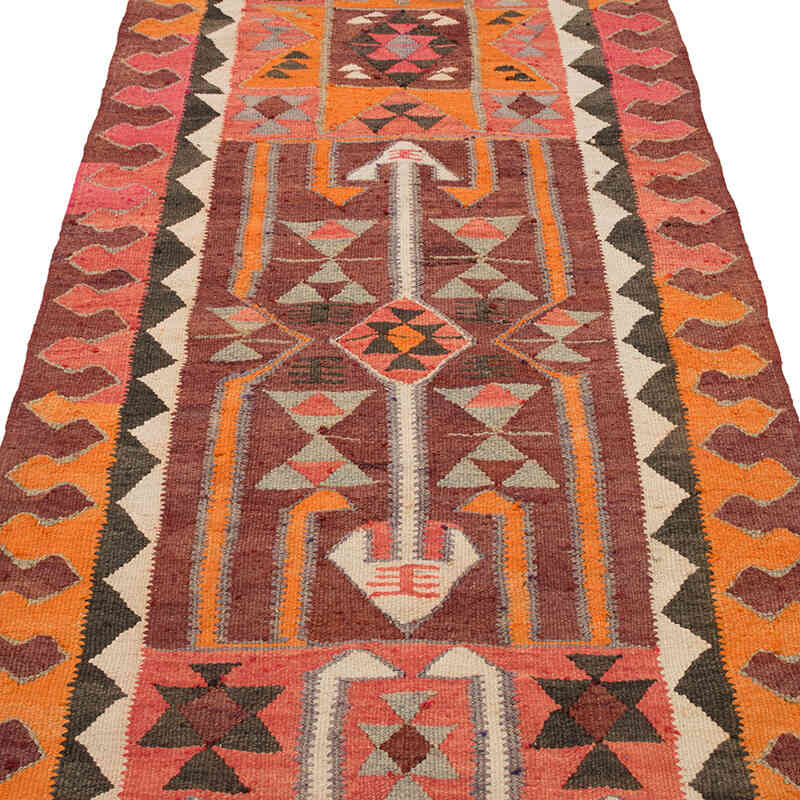
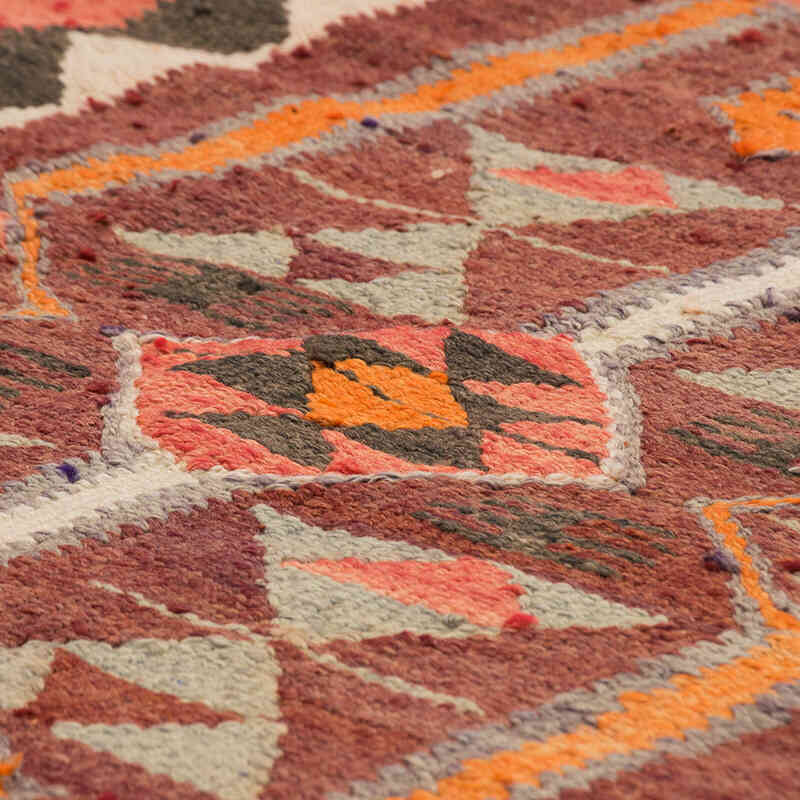
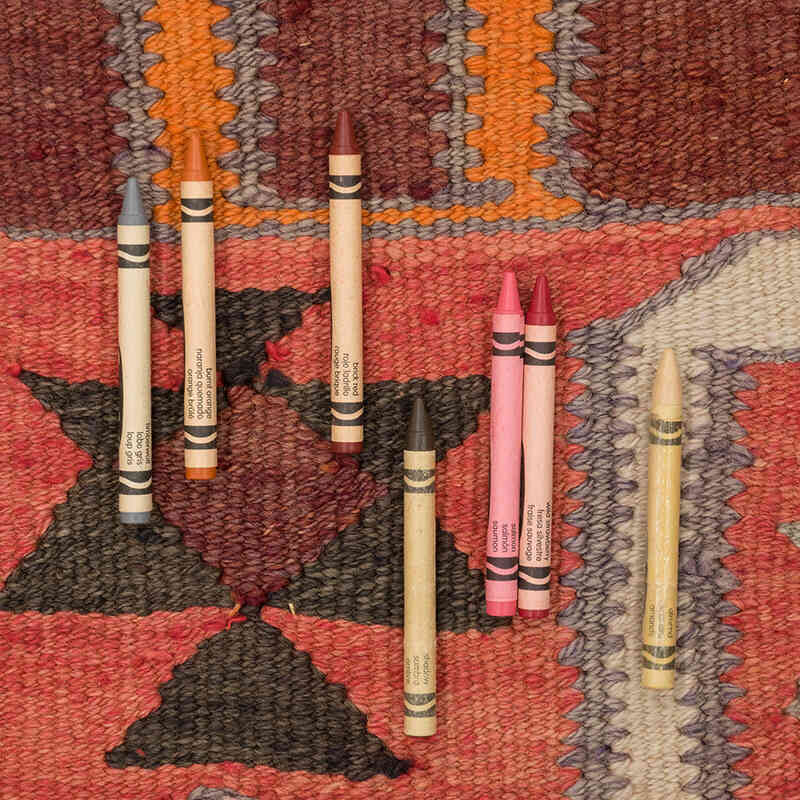
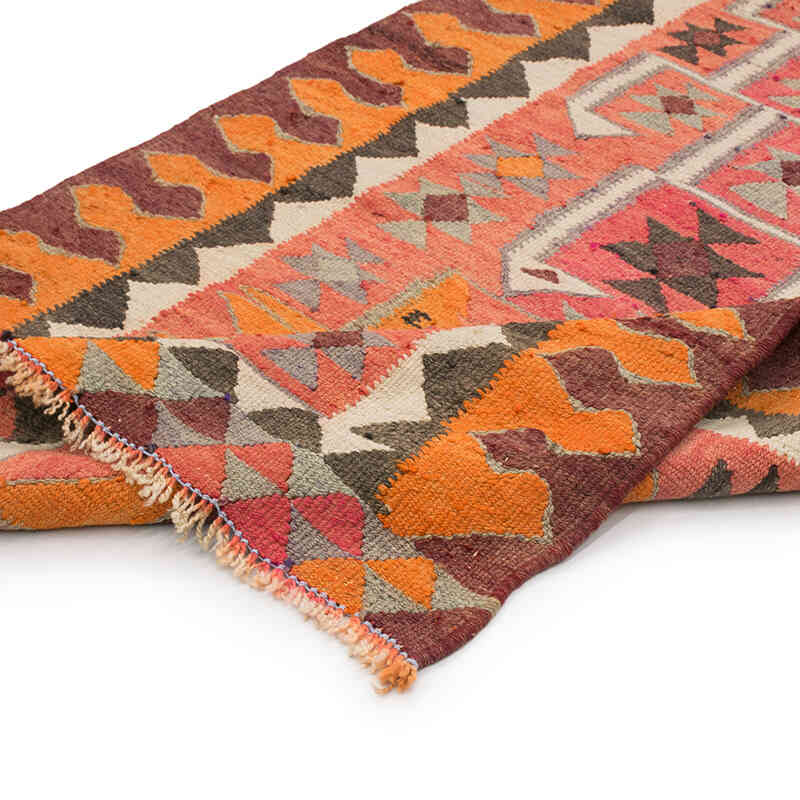
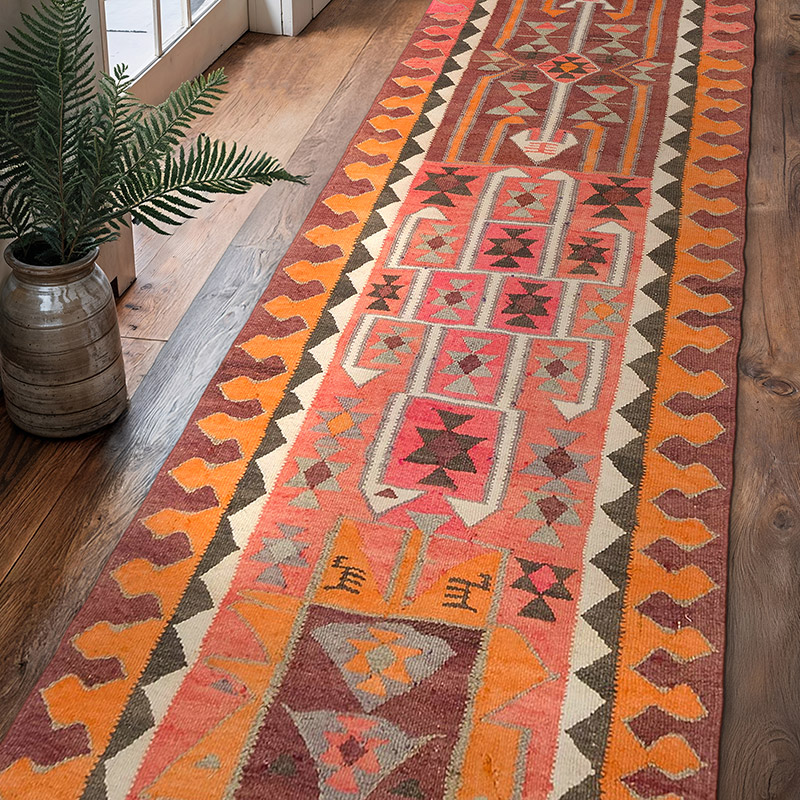




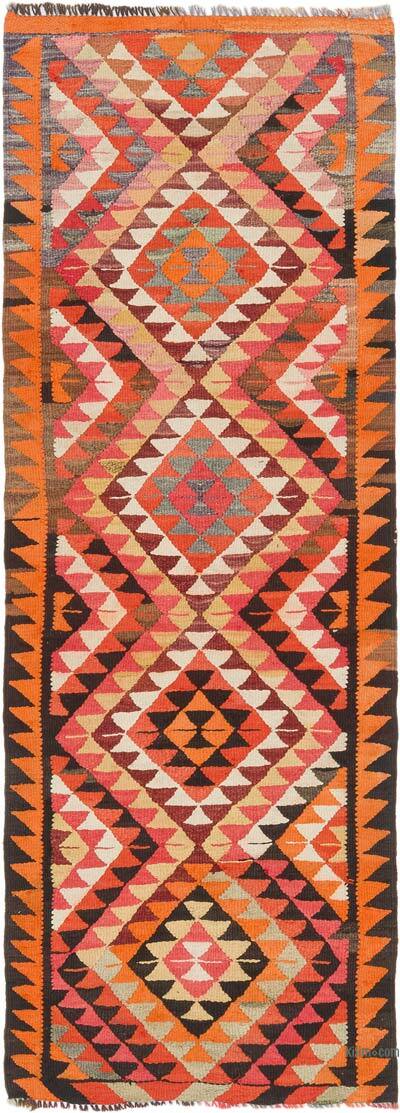











Love everything about it!